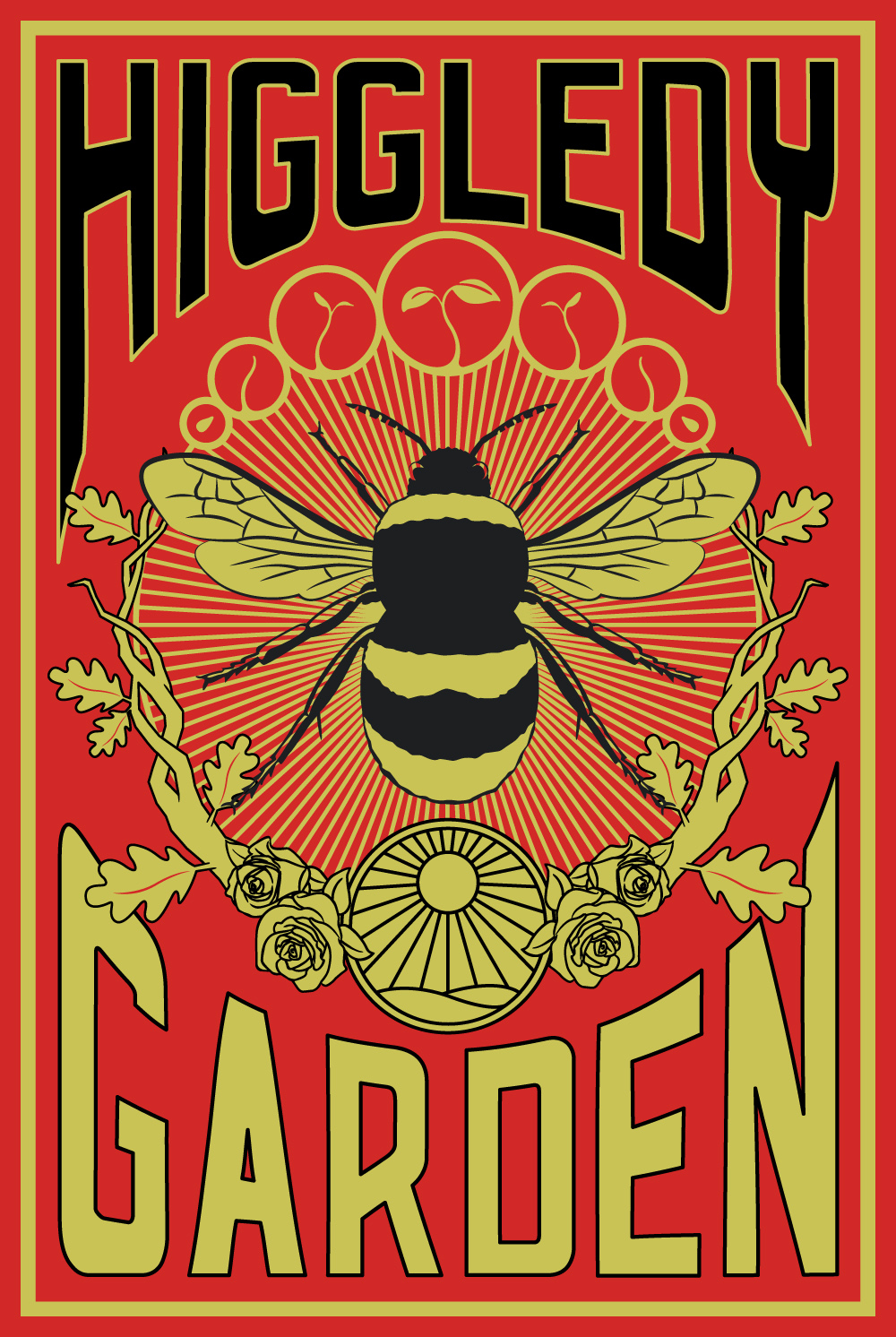
Ammi majus is native to the Nile River Valley. It is here that Great Uncle Karl Lepsius-Higgledy first came across the plant. Karl had been exploring the valley in 1832 with his trusty pair of off-road chimpanzees, Shackleton and Scott. One morning without warning, Scott began jumping up and down on the spot and beating his chest. Usually, of course, this was a sign that it must be approaching elevenses and perhaps time for a dry sherry and a modest slice of Battenberg but on this occasion, the great ape did not reach for the Tio Peppy or indeed the cake tin. In a furious flurry of sand, instinct and determination, the hairy bi-ped rushed into the treeline with Shackleton and Great Uncle Karl hot on his fairly humanlike heels. After a few minutes of tearing their way through the undergrowth, the three brave explorers found themselves in the shadow of The Lost Temple of Shamshamkerbang….(now known as The Temple of Shamshamkerbang). Naturally, this was a find of great importance and though it was only half past ten they deemed it right and good that they should break with tradition and have elevenses early. It was during this celebration that Lepsius-Higgledy spied a beautiful swath of Ammi majus swaying in the hot African breeze…he knew at once that these beautiful umbellifers were the true flowery treasure of Shamshamkerbang.
Lepsius-Higgledy wasted no time in collecting a pocketful of seed and soon had it packed up and taken by ship to the port of Liverpool and then onto Higgledy Hall in deepest Shropshire. The stash of seeds arrived in the capable hands of Victoria Higgledy in the autumn of 1833 and she set to work in the Higgledy glasshouse trying her luck with a September sowing. The following summer the family were very taken with the flowers, it transpired that Karl had actually harvested two varieties, majus and visnaga, both of which were grown on for commercial seed harvesting, under the watchful eye of Victoria. It is now said that 98.32% of all available Ammi seed in the British Isles originates from the Higgledy Hall crop.
Victoria Higgledy’s top tips for growing Ammi majus and Ammi visnaga.

*Ammi is a hardy annual and as such can be sown in the spring or the autumn.
*When autumn sowing (Late August/September is best.), Victoria preferred to sow Ammi in sizable pots (We now judge those pots to have been close to two litres). These pots were kept in the glasshouse and planted out in a mild spell in March or April. Her notes describe the seedlings as looking tired and shabby over the winter but picking up and being ‘perky and bouncy by March’.
*Spring sowings can be made either in pots from late March to late May (We now use three inch square pots in spring) or directly into the ground in mid-April. Ammi seeds are small, so don’t bury them too deep…a light covering is fine.
*Like most annual flowers, Ammi likes a loose well-drained loamy soil, or as close as you can get to that.
*In the right spot, Ammi will happily self seed.
*Ammi visnaga has notably a more pronounced dome shape when compared to Ammi majus. Visnaga will flower later and have thicker stems….she is generally less willowy than her sister.
*You will have flowers from June until September. Leave some seed for the finches who go weak at the knees (little knees.) for Ammi seeds.
*When Victoria Higgledy was head gardener of the family garden, she had a rule where almost everything was spaced a foot apart. To a great degree, we follow this rule today. An example of an exception would be Nigella which we broadcast sow over a small area and don’t thin out at all. Obviously, we no longer have a garden at Higgledy Hall after the explosion and great fire of August 16th 1977….for which we blame our archenemy Alexis Corvuscorax but that’s a story for another time.
“Bishop’s flower, Ammi majus, is a superb annual, bearing dainty white flowers reminiscent of lacework, above finely cut, green foliage. Popular with flower arrangers, the blooms make a great, long-lasting addition to bouquets, and work well among a range of plants in a mixed herbaceous border.” Gardener’s World Magazine
Naturally, you can find both Ammi majus and indeed Ammi visnaga seeds in the Higgledy Garden Seed Emporium.
If you have any questions you can find me on Facebook, Twitter and you will see heaps of photos of flowers, the boat garden and Flash on Instagram.
Kindest regards
Benjamin Higgledy
